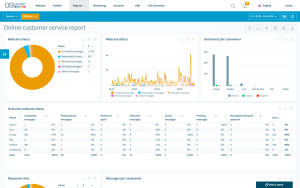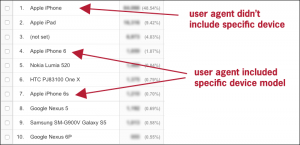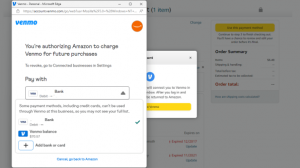
Sales Networking
Sales reps often find themselves at industry conferences and other meetings where they should be networking. However, in too many cases they fail to optimize the opportunity because they are not sure what to do. So, by default, they end up spending their time in line to share a moment with a keynote speaker or attending yet another breakout session that is all about nothing.
So what might a sales rep do?
First, determine your purpose for networking. For example, are you seeking to make new contacts? Trying to generate new leads from existing customers? Get a feeling for what’s going on in your industry? Promoting a new product. You can’t be doing everything, with everybody, all at once – focus is key.
Second, think about with whom you want to network. Not all networking interactions are equal. In an article by Debra Averback in Careerbuilder the author noted 6 types of people you might meet when networking:
- Wallflowers keep their head down, avoid eye contact and are uncomfortable making conversation. It’s tough to engage a Wallflower, but this is a case where some homework can pay off. Sometimes they may not be great at conversation but are key players in their organization.
- Dealmakers are people with an agenda. The best response is to be friendly to potential offers, but not to make a commitment on the spot.
- Handshakers value quantity over quality. They are trying to find as many people to contact as possible and usually have a pocket full of business cards. With Handshakers, be polite but recognize it’s likely the conversation won’t go very far
- Socialites are people seeking social meetings – looking for or offering great parties – not business meetings. If you’re looking to have a good time at the meeting, then Socialites are for you.
- Power Networkers are high-level people who have connections and genuinely want to make a few more; they are buttoned up in how they approach networking. They seek 3-5 quality connections vs. a pocket full of business cards. Power Networkers can be a big help because their mindset is – “As I go through my day, I meet a lot of people; tell me how will I know when I’ve met a perfect referral for you?”
- Connectors seem to know everyone and everyone seems to know them. They like to help others and they’re good people to meet at networking events. They attend because they need to, not necessarily to do any business. They’ll listen to what you do, ask intelligent questions and introduce you to others who might be helpful.
Third, once you know “why” you are networking and know “who” you want to target – think about how you might interact with the people you’re be meeting. Do a little informal pre-call planning.
Last, some of the time will be spent in formal sessions so what can you do to optimize that time? A colleague of ours, Scott Nelson at Medsider, shared some tips on becoming a Conference Ninja. Here’s a quick look at some points on Scott’s list.
- Think about thoughtful questions you might ask during Q&A sessions. It’s a great way to gain 30 seconds of airtime and create a basis for subsequent networking post session.
- Use breaks as time to meet people. Don’t just snack on the munchies or chat on your iPhone.
- Be prepared. When you engage a target contact, know what you want to talk about.
Networking isn’t easy but it is a piece of the puzzle for sales success. It is good to remember there is a big difference between talking to a whole bunch of people and a planned networking experience.
(181)









